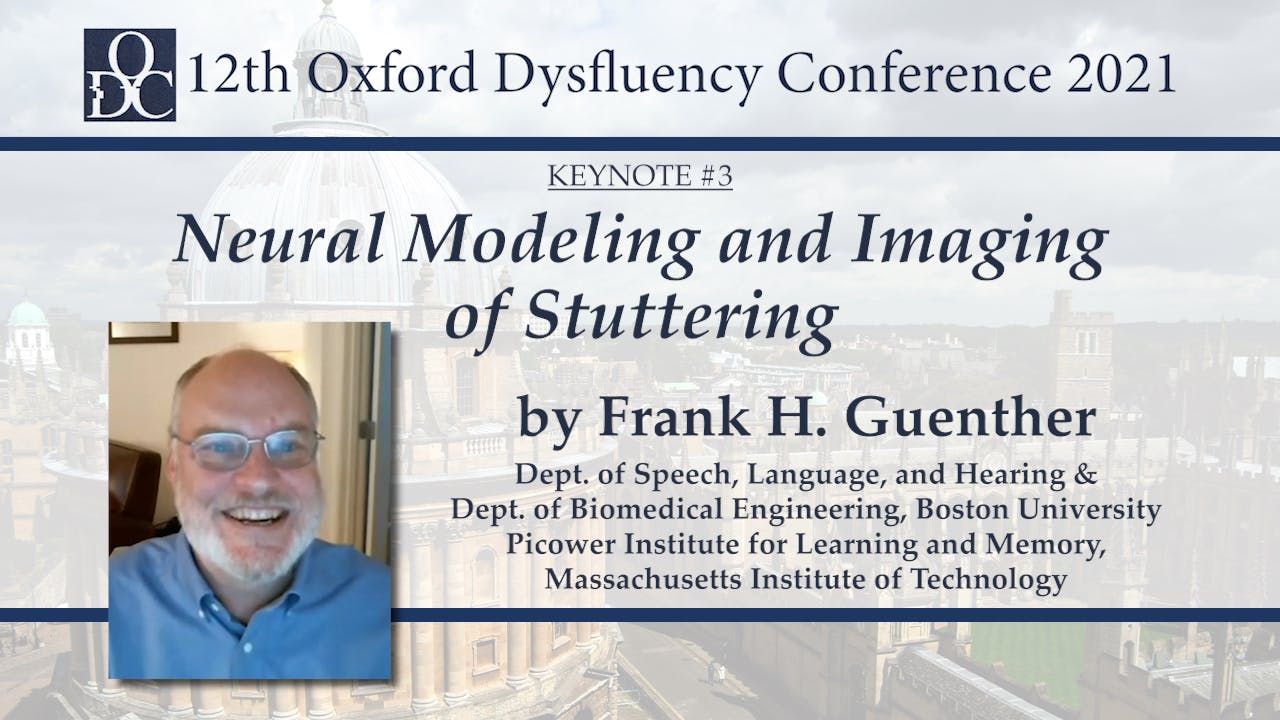Neural Modeling and Imaging of Stuttering
Fluent speech involves tightly coordinated processing in the cerebral cortex and associated subcortical structures, and subtle impairments in this complex dynamical system can give rise to stuttered speech. To better understand these processes, our laboratory has designed, experimentally tested, and iteratively refined a neural network model, called the DIVA model, whose components correspond to the brain regions involved in speech. Babbling and imitation phases are used to train neural mappings between phonological, articulatory, auditory, and somatosensory representations. After the imitation phase, the model can produce learned phonemes and syllables by generating movements of an articulatory synthesizer. Because the model’s components correspond to neural populations and are given precise anatomical locations, activity in the model’s neurons can be compared directly to neuroimaging data. Computer simulations of the model account for a wide range of experimental findings concerning fluent speech, including data on acquisition of speaking skills, articulatory kinematics, and brain activity during normal and perturbed speech.
The DIVA model posits two parallel neural sub-systems: (1) an articulation circuit that contains the detailed motor programs necessary for moving the speech articulators, and (2) an initiation circuit that is responsible for activating and de-activating these motor programs at the right instants in time. We hypothesize that stuttering is due to impairment of the initiation circuit, which centrally involves a cortico-basal ganglia-thalamo-cortical loop. This account provides a unifying explanation for a wide range of experimental findings in children and adults who stutter, including findings of neuroanatomical anomalies as well as behavioral findings concerning fluency enhancing conditions such as rhythmic speech and altered auditory feedback. Computer simulations of the model have been used to investigate specific potential neural causes of stuttering, including anomalous dopamine levels in the striatum and impaired white matter connectivity. Ongoing research is aimed at further development and testing of the model’s account, including investigating possible distinct subtypes of stuttering involving different types of neural impairment.
-
ODC21-Keynote03 Guenther_Neural Modeling and Imaging of Stuttering

